Nothing beats a healthy canine smile. You see gleaming white teeth, and there’s no evidence of mouth pain. Wouldn’t it be great if our dogs magically kept the bright, happy teeth of puppyhood? You could kick back and watch them gnaw on their favorite chew toy. There’d be no need to worry about anything more than the annual visit to the veterinarian. Unhappily, things don’t work that way. Brushing a dog’s teeth is the only way to keep those canines looking sharp (no pun intended). And if you’re not taking up dog toothbrushes and toothpaste every day, your pup may end up developing some painful mouth problems. No one wants that. This is why we’re going to walk you through the easy steps for brushing a dog’s teeth.
Canine Dental Health
By the time dogs reach three-years-old, 67% of them have periodontal disease. Periodontal disease is inflammation or infection of the tissues in and around the teeth. And if it continues, dogs end up losing teeth. No one wants that, but periodontal disease doesn’t stop there. The disease process invades the REST of the body. Dogs with severe dental disease often develop other health issues, including heart, liver, and kidney problems! All from the lack of brushing a dog’s teeth.
Periodontal disease starts as plaque – the film left over on the teeth after eating. Plaque really likes hanging out UNDER the gum line, which can lead to gingivitis. Gingivitis is inflammation of the gums, and it’s uncomfortable. (If you’ve ever seen a red line along your dog’s gums, that’s gingivitis at work) Without proper brushing, plaque starts to HARDEN. Within 36 hours, it mineralizes with enzymes in the saliva into tartar (also known as calculus). Tartar CAN’T get brushed off. You’ll have to make an appointment with your vet for a professional cleaning to get tartar scaled off.
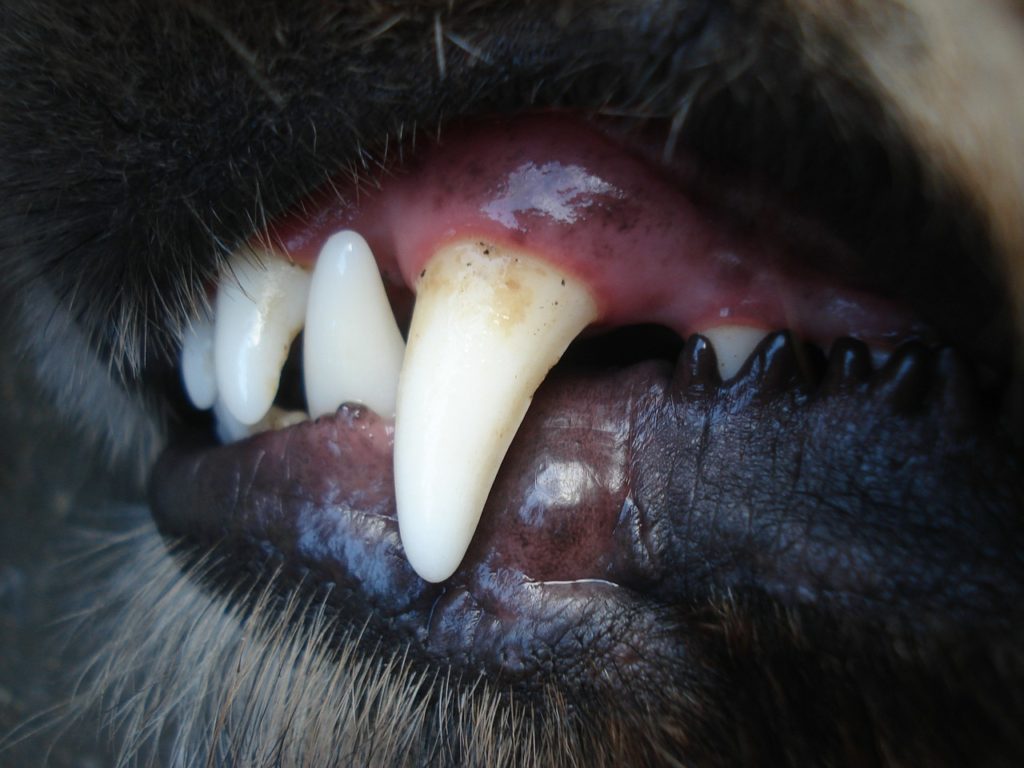
Daily Brushing Importance
That 36-hour window is why it’s so important to start brushing a dog’s teeth. In a perfect world, you’d pick up the toothbrush TWICE a day (same as us). However, most owners struggle with that schedule. Even getting dogs to tolerate brushing ONCE a day is often challenging – particularly in older pups (though that’s the ideal). If you can work with your dog to accept a brushing three times a week, you WILL accomplish enough plaque removal to make a difference.
You want to check the color of your dog’s teeth to assess how well the process is going. Are they a nice, shiny white? Congratulations! You’re doing a fantastic job brushing your dog’s teeth!
But what about other colors? Yellow, grey, or green (green is NEVER a good color on teeth, by the way) mean you have a problem. Those colors represent tartar build-up. All the brushing in the world isn’t going to get the tartar loose. You need to schedule an appointment with your vet so you can start with a clean slate. They’ll scale and polish your dog’s teeth under anesthesia. Then you can start again, brushing your dog’s teeth.
Brushing a Dog’s Teeth
Obviously, no one wants their dog to end up with an unhealthy mouth. But brushing a dog’s teeth often feels overwhelming, daunting, or scary. Will your dog tolerate getting their teeth brushed? It’s not a natural thing for them. What if they resent you for it? (Even if they’ll end up with beautiful teeth in the end) Can you do something wrong and cause damage?
Obviously, the younger you start your training, the better your odds of your dog accepting that toothbrush. But even older rescue dogs can learn to sit down and tolerate a daily toothbrushing without a problem. And it’s not as frightening a process as you may think. We’ll break it down into several nifty steps that will allow you to take a deep breath and work things through. And you and your pup will come out the other end with big, happy (healthy) smiles.
Brushing a Dog’s Teeth: Supplies
First things first: you need to make sure you have the right tools for the job. You need to get the proper dog toothbrush and dog toothpaste. And, yes, they need to specify DOG in their labels. The dog versions have canines in mind with their designs, and they’re safe for dog use. If you try to go “off-label,” you could end up hurting your pup.
Dog toothbrushes have long handles and a slight curve designed to reach a dog’s back teeth. That’s where most of the plaque hangs out, and you won’t reach it with an ordinary toothbrush. Also, most human toothbrush bristles are MUCH too hard for dog gums. Dog veterinarians also recommend skipping finger brushes. You won’t reach the back of the mouth very well. And you WANT your dog to chew on the toothbrush. It builds up saliva to activate the toothpaste. Since your finger needs to go IN those little finger brushes…yeah, you don’t want your dog chewing on that.
Some sites will tell you it’s okay to use baking soda as a substitute for dog toothpaste. DON’T do it! Baking soda is alkaline, meaning it’s basic (the opposite of an acid). It’ll wreak havoc on your dog’s stomach – assuming you get them to tolerate the taste in the first place. (Don’t believe me? Try brushing YOUR teeth with it and see how that goes) You also CANNOT use human toothpaste. Fluoride is TOXIC to dogs, and many brands use xylitol as a sweetener.
Brushing a Dog’s Teeth: Preparation
If you start off putting the toothbrush into your dog’s mouth, you may end up frightening them. It’s better to take your time and get them used to the entire process of brushing a dog’s teeth. By slowing down – and rewarding them for each step – you’ll find your dog accepting everything better.
Always find a calm, quiet time and place. Attempting to brush your dog’s teeth when everyone’s running around and talking will create confusion. And always make sure you can SEE what you’re doing. You may want to consider wearing gloves to protect your hands from your dog’s saliva. If not, ALWAYS wash your hands afterward!
- Sit down with your dog. Small dogs can go in your lap, and larger dogs can go beside you.
- Gently lift the top lip and touch your dog’s upper teeth. Offer lots of praise and a reward. (Training treats work well, OR you can use dental treats)
- Repeat the process, lowering the bottom lip to touch the lower teeth. Again, give praise and a treat.
- You want to focus your fingertips where the gum meets the tooth – on the OUTSIDE of the tooth.
- If you need, just do a few teeth and then give your dog a break. You don’t need to do the whole mouth the first time.
- Once your dog is comfortable, repeat the process with a soft washcloth.
Always move slow, speak in a soft voice, and don’t get discouraged. Remember, older dogs will take more time than puppies. Oh, and make sure you rinse out and clean that washcloth after every use. You don’t want any bacteria to start growing on it!
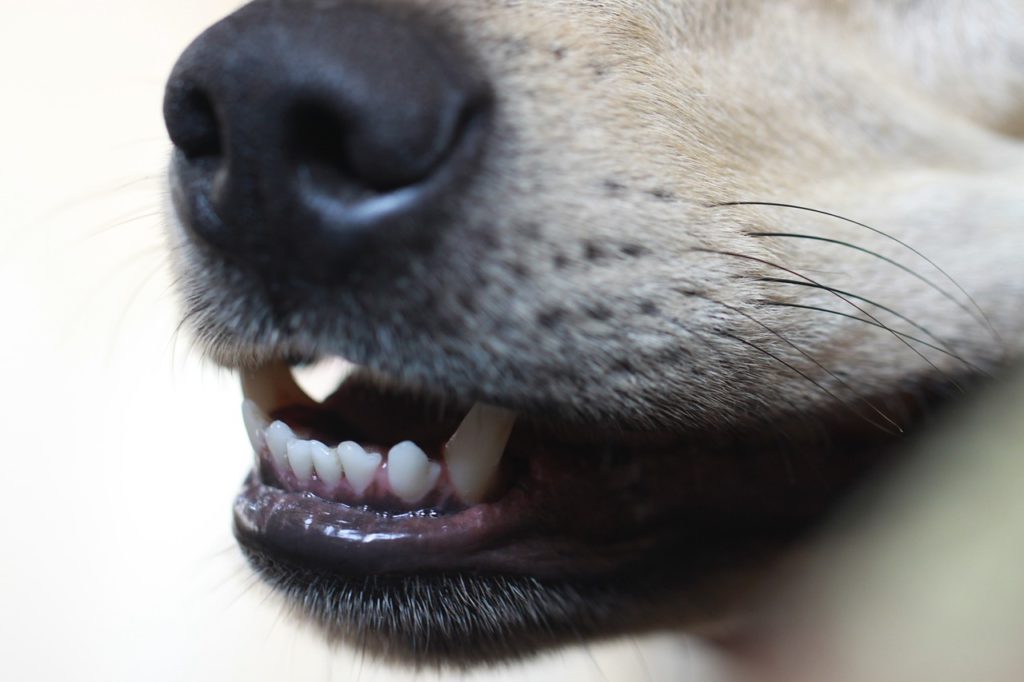
Brushing a Dog’s Teeth: The Toothpaste
Your dog’s comfortable with having their teeth and mouth handled. Now it’s time to start brushing a dog’s teeth with the proper tools. Again, take things slow. Keep in mind it may take a WEEK of practice before you get to brush your dog’s mouth for the first time. And that’s okay!
- Let your dog lick toothpaste off your finger to get the taste. (Acting like it’s a treat will help)
- Apply some toothpaste to the WASHCLOTH and gently rub it over the teeth. You don’t need to be precise about it. (This is, so they get the feel of the toothpaste) As always, praise and reward.
- If your dog does well, you can start with the toothbrush.
- With NO toothpaste, rub the toothbrush over the teeth. Follow this pattern: front, sides, back (top then bottom). Give plenty of praise, with a treat at the end.
- Doing well? Now you can add toothpaste to the toothbrush.
- Always start at the front, with the incisors (the small teeth between the canines). You want to brush for 30 SECONDS.
- Now move to the sides, working your way to the back molars. Again, aim for 30 seconds on each side. The sides and back are where most plaque collects, so if you can focus there, you’re good.
- Next is the bottom, and you repeat the same process: incisors, canines, premolars, and molars.
- Ta-dah! You’re done! Give lots of praise and a treat!
You DON’T need to try to get the tips of the teeth or the insides unless your dog is REALLY cooperative. Plaque doesn’t tend to collect there, courtesy of the tongue. Also, your dog is likely to bite if you try to reach those areas when brushing a dog’s teeth. You’re better off sticking to the outside.
When NOT to Brush a Dog’s Teeth
Now and then, you’ll find yourself hitting a roadblock when you reach for the toothbrush. It’s not because you messed up in your training or because you’re not meant for brushing a dog’s teeth. The problem is deeper – quite literally. Remember, plaque likes to burrow into the pockets that hold the teeth, and you can’t reach there with the toothpaste and toothbrush. Periodontal disease is often sneaky, and it’s best left in the hands of veterinary professionals.
If your dog shows signs of pain (i.e., whimpering, pulling away, or wincing) when you start brushing, stop right away. OR if you notice blood on the toothbrush when you finish. You need to call the vet. You’re NOT doing anything wrong. But odds are your pup has a problem that needs a professional cleaning. There may be problems under the gum line you’ll never see. Dental radiographs ( x-rays) will help them figure out what’s going on. And with the scaler, they can remove that nasty tartar. Your dog will get a fresh, white smile. Then you can take over, brushing their teeth once again.
Pearly Whites
Brushing a dog’s teeth often feels like a chore. But if you break it down into manageable steps, you and your dog will find it easier to manage. And before long? Both of you will slip it into your schedule without a problem. Then you’ll end up with good dental report after good dental report from the vet. And your dog? They’ll have the brightest smile on the block.
It’ll be worth it. You’ll see.



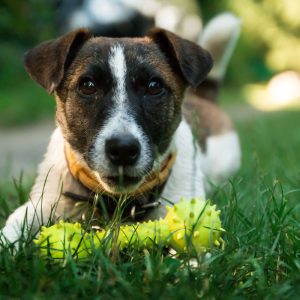


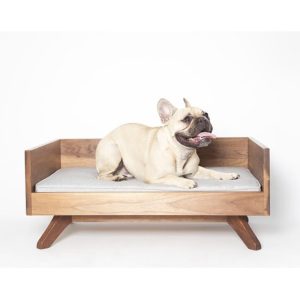


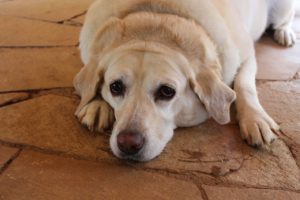

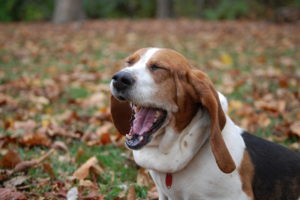
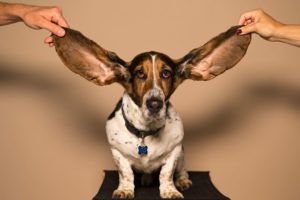
No comment yet, add your voice below!